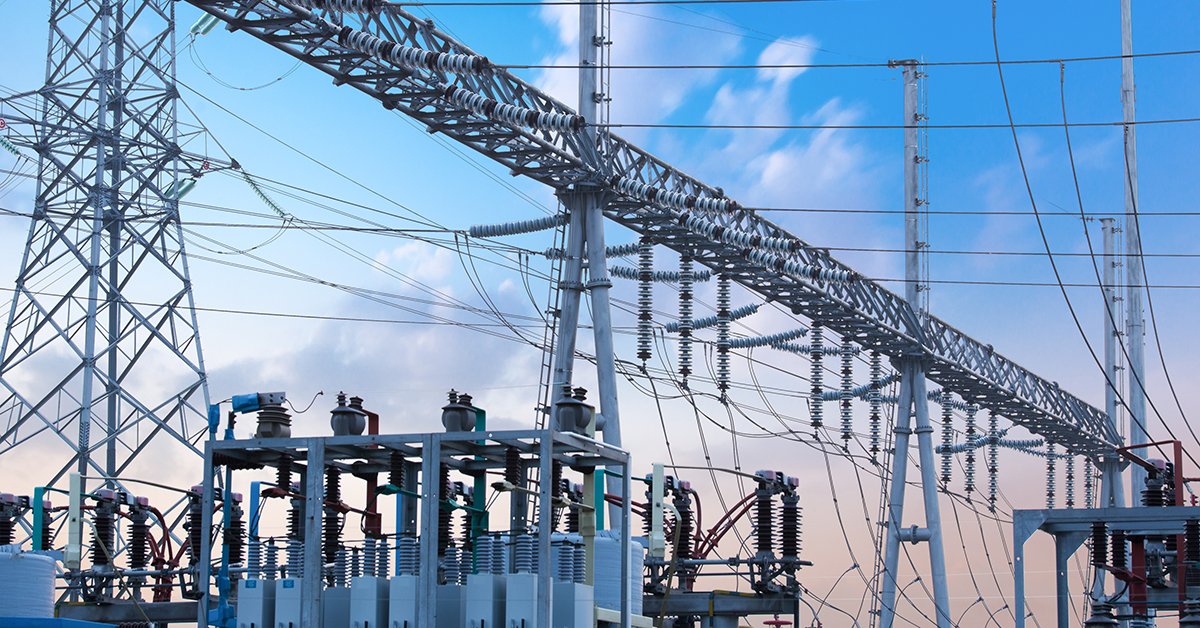According to a report by Global Market Insights (GMI), the digital substation market size transcended 6.5 billion USD in 2021 and is predicted to grow by over 7,3 per cent from 2022 to 2028.
The global push for net zero emissions, expanding variety of energy sources and rising energy demands are emphasizing the necessity for substations to operate with increased capacity. However, these advancements also introduce some challenges.
The integration of a broader array of distributed energy resources can be intricate, requiring optimization of assets while preserving service quality and cost-effectiveness. Digital substations provide more accurate and reliable data with the use of digital sensors and instrumentation. This enhanced data quality helps in quickly identifying faults and abnormalities, allowing for faster response and reduced downtime.
Driving the transition
The transition to digital substations is motivated by several key factors that offer advantages in power distribution. Digital substations require less physical space – less copper cabling, less space for trenches and smaller protection and control devices, leading to cost savings on property and infrastructure. They also employ non-conventional instrumentation transformers (NCITs), a type of electrical equipment used in power systems for measuring various electrical parameters, with compact designs and seamless integration into communication systems.
One major benefit is the rapid integration made possible by standardized configurations. Digital substations allow for quick replication and deployment, minimizing the labor-intensive tasks associated with traditional substations. They are also adaptable to the evolving workforce, relying on digital tools rather than manual ones.
Self-reporting capabilities
In terms of reliability, digital substations outshine conventional ones by providing extensive data and enabling self-monitoring. Intelligent devices in digital substations can report their status, ensuring a more robust and responsive power distribution system compared to traditional copper cables, which lack self-reporting capabilities.
By digitizing data at its earliest stage, monitoring and control equipment no longer requires analog to digital conversion components. This equipment operates directly on digital data streams, like a network-connected PC. This means that monitoring and control equipment essentially functions as specialized software running on a computer.
Avoiding initial software glitches
A common challenge faced when moving to the digital substation landscape include issues like end-user reluctance to adopt new technologies and initial software glitches resulting from evolving algorithms. Effective staff training plays a pivotal role in addressing these challenges.
Additionally, vendors must innovate in their approach to testing protection relays, offering new tools and training methods. This encompasses a broad spectrum of innovations in equipment installation, operation, and maintenance within digital substations.
When an issue arises, engineers cannot rely on conventional meter readings from terminal blocks; instead, they must delve into configuration files or even employ complex tools for network analysis.
In addition to these human-oriented challenges, there is a delicate balance between the limited data available in conventional substations and the abundance of data in digital substations. This balance is especially critical when designing Human Machine Interfaces (HMI) for digital substations.
IEC 61850 and substation HMI
The utilization of standardized communication protocols, such as IEC 61850, plays an important role in streamlining and improving the Human-Machine Interface (HMI) engineering process in digital substations. Unlike various other protocols, IEC 61850 stands out due to its extensive standardization and the unique advantage of incorporating a descriptive language. This machine-readable language empowers the automation of certain HMI components through software applications, thereby significantly expediting the engineering workflow.
COPA-DATA’s zenon software platform streamlines the integration and operation of advanced substations, enabling utilities to harness the full benefits of digitalization. It tackles issues like data management, configuration, and network analysis, making it a critical component in modernizing power infrastructure.
Built-in command processor
The zenon Energy Edition encompasses all the essential features required to streamline the creation of a highly efficient and fully realized substation (HMI). This edition incorporates a built-in command processor, specifically designed to address the unique requirements associated with operating high-voltage switchgears. Furthermore, it offers unparalleled situational awareness through an integrated topology processor, instantly providing users with a visual representation of the substation's status and condition.
Tools for an integrated HMI
While managing a contemporary substation can be intricate, the efficient engineering of an HMI system can simplify and optimize the process, resulting in time savings and a reduction in both engineering workload and the risk of errors. COPA-DATA's zenon Energy Edition equips users with all the essential tools necessary for an integrated HMI, fostering smarter and more interconnected substations capable of addressing the challenges prevalent in today's dynamic energy industry.
Find out more about zenon substation automation software here.

